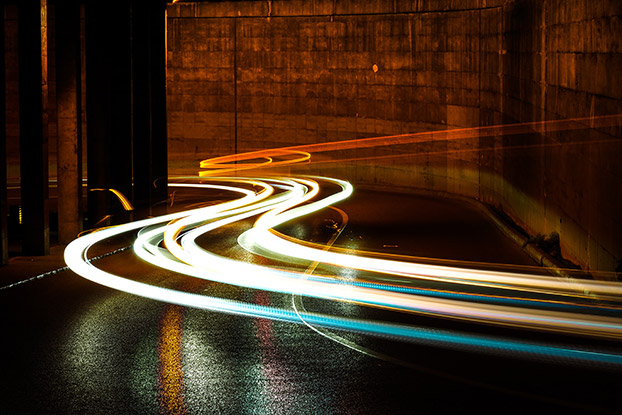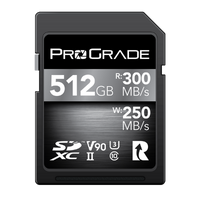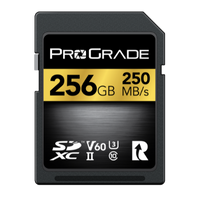SD cards come in different capacities and have different speeds. Learn how both affect your workflow and the performance of your digital camera.
A Brief History of Secure Digital (SD) Memory Cards
SD cards were first introduced in 1999. The standard was developed by Toshiba, SanDisk, and Panasonic. These three companies also formed the SD Association that today has about 1,000 members.
Fun fact: the iconic “SD” logo was actually designed for the Super Density Disc, which was Toshiba’s not-so-successful attempt to create a new DVD format. That is why the D in the “SD” logo resembles a DVD disc.
In those 20+ years, since the launch of the very first SD card, a lot has changed. The cards look the same, but the inside is almost entirely different.
If the first-generation SD cards had capacities between 32MB and 64MB, then the latest, third-generation SDXC cards have capacities between 64GB and 2TB. The same goes for the data transfer speeds. Back in the day, 12.5MB/s was more than enough. Today that won’t get you anywhere. Current high-megapixel digital cameras demand data transfer speeds around 60-90MB/s.
SD Card Storage Sizes: What Capacity SD Card is Best For Photography? Cinematography?
The storage capacity is shown on the card in gigabytes (GB). Today’s most popular SD cards, SDHC (Secure Digital High Capacity) and SDXC (Secure Digital Extended Capacity) can hold up to 32GB and 2TB, respectively.
It’s natural to think that the bigger the capacity, the better, but this isn’t necessarily the case. Especially when it comes to photography. Not only can it be more effective and practical to use multiple smaller capacity cards, but you don’t also risk losing all your images when you lose your card or experience data corruption.
The most optimal SD card capacity for the vast majority of photographers who shoot on multiple cards tends to be either 64GB, 128GB, or 256GB.
That said, filmmakers who shoot high-bitrate 4K, 6K, or even 8K videos should consider cards with larger capacity.
SD Card Read and Write Speed: What Speed SD Card is Best For Photography?
Trying to make sense of the SD cards’ read and write speeds is where things may get somewhat confusing. No wonder. Besides three speed classes, each with a different symbol and multiple subclasses, there is also a thing called speed rating. Not to mention maximum read and write speeds, which are also always marked on the card.
Photographers doing a lot of bursting and videographers shooting high-resolution video (4K and above) should not pay much attention to “Speed Class” nor “Ultra High Speed Class” ratings and instead should focus only on the “Video Speed Class” ratings. Latter is marked on the card with a letter V, followed by a number indicating a minimum sustained write speed. So, the SDXC V60 card has a minimum sequential write speed of 60MB/s, and the SDXC V90 card a 90MB/s.
Both SDXC V60 and SDXC V90 cards are the fastest and best SD card options for photographers, as they are fast at storing your images and allow bursting photos without filling the camera’s buffer. Plus, with faster memory cards, you can spend your time shooting and editing and not waiting for your images to copy.
Speed rating, unlike speed classes, is purely a marketing tool and is rarely found on serious SD cards. Markings like “400x” or “600x” merely indicate how much faster read speed a given SD card has from a CD drive. Relatively obsolete comparison today. Put simply, CD-ROM has a data transfer rate of 150 kb/s. So, a 1x equals 0.146MB/s, and since 600 x 0.146 = 87.8, a 600x is roughly the same as 90MB/s read speed.
Three Things to Keep in Mind When Buying an SD Card:
- Make sure your camera is compatible with the card you’re about to buy.
- Keep a little headroom when estimating the necessary capacity. It’s a bummer to run out of card space when shooting.
- Check the user manual of your camera to make sure that the SD card has the necessary minimum write speed you need. You don’t want the memory card to limit you in any way.
To help you figure out what capacity and speed SD card you need, check our comprehensive memory card buying guide. Once you’ve figured out what you need, you’ll find the best-performing SD cards, created for demanding photographers, right here.





